
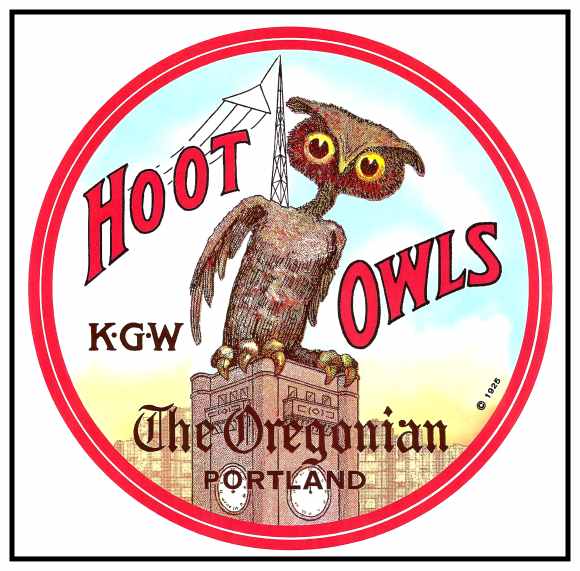



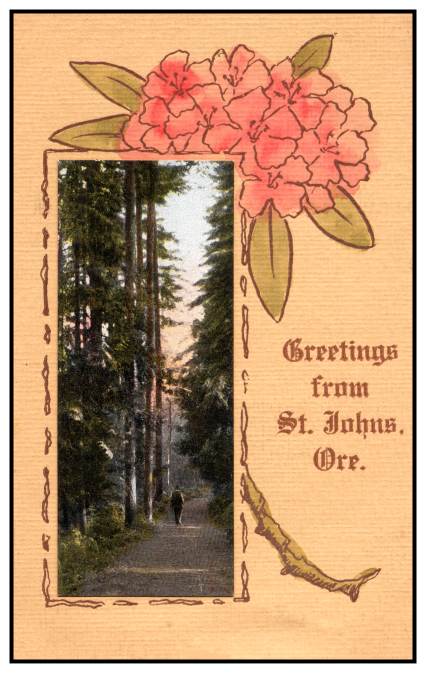



Located four and a half miles downstream on the Willamette River from Portland’s Steel Bridge, St. Johns was settled on the slopes above the Willamette to the high plateau between the Columbia and Willamette Rivers about 1850.
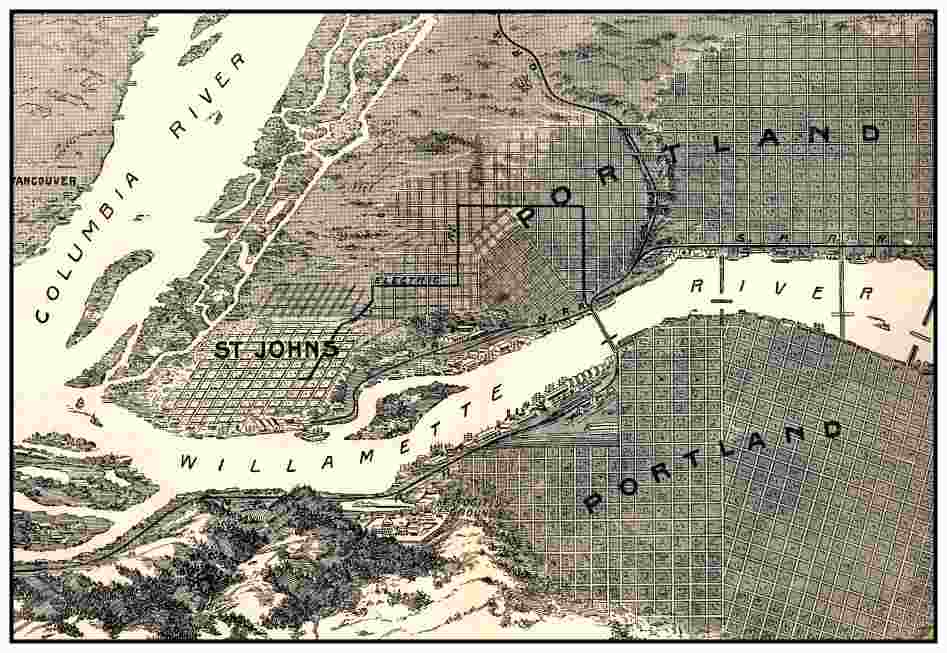 |
|
In 1841, James John set out across the plains to California with General John Bidwell. John came to Oregon in 1843 and settled at Linnton. Several years later, he moved to the site of the town that bears his name. He began operating a ferry there in 1852. The original plat for the town of St. Johns was filed on July 20, 1865 and the St. Johns Post Office opened in 1873. James John died in 1886 and St. Johns became a sleepy little town with a few residents and no industries. Everything began to change in 1902 when the Oregon Railway and Navigation Company saw an opportunity to extend the rail line from Portland to St. Johns. The OR&N thought St. Johns would be a natural site for manufacturing and other industries. By connecting their rail lines to the marine facilities that were already there, profits from commercial opportunities could be fairly handsome from numerous industries and manufacturing customers who would need their line to haul incoming and outgoing goods and materials. |
|
|
St. Johns Ferry Landing. |
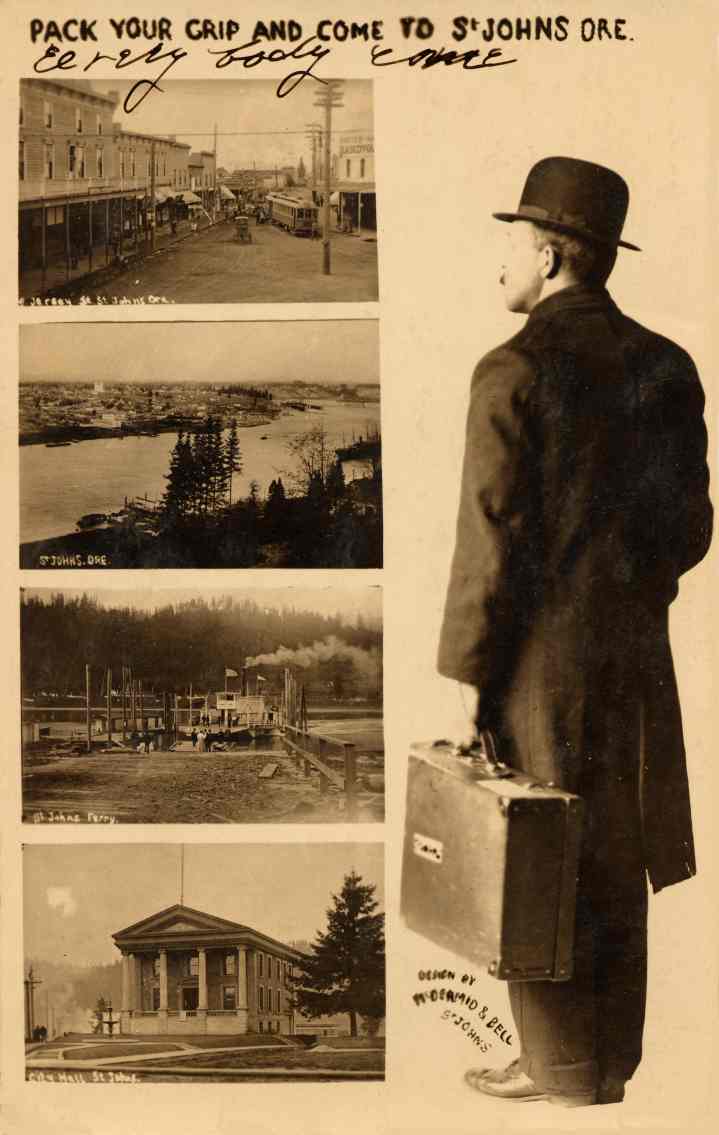 |
|
Owners of the Linnton Pool Hall, McDermid & Bell, published post cards. |
|
|
Passenger trains with steam engines began serving Portsmouth in 1889 and then St. Johns in 1890. They connected with the Portland and Vancouver Railway at the Killingsworth Transfer Station. In 1903, the St. Johns line was electrified. |
|
|
By 1904, St. Johns was home to the Portland Woolen Mills, The Jobes Flour Mill, the George W. Cone Lumber Company, the St. Johns Lumber Company, a Shipbuilding Plant, Portland Manufacturing Company’s Veneer & Basket Factory and Excelsior Mill and a Drydock. Portland Manufacturing Company opened the Veneer & Basket Factory first, then A.S. Douglas & Sons opened the St. Johns Lumber Co. |
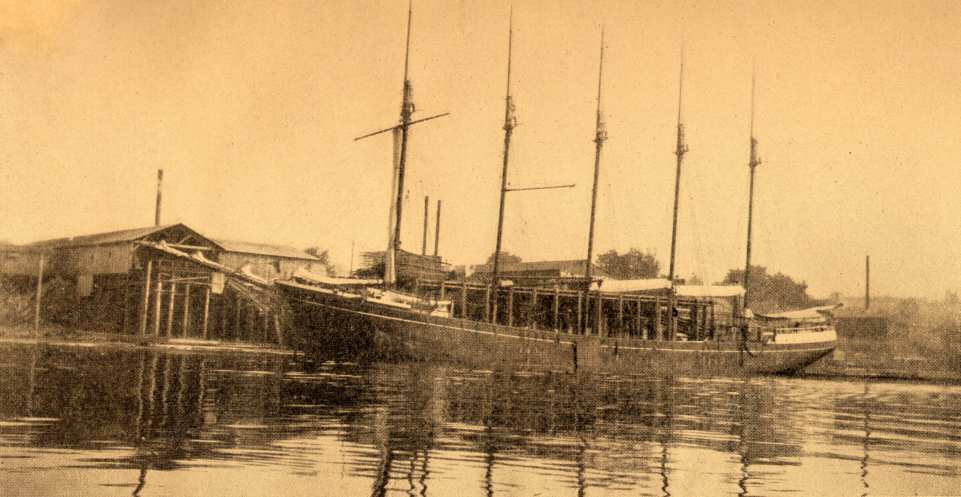 |
|
Lumber from the George W. Cone Lumber Company is being loaded onto a sailing ship for export. |
|
|
St. Johns Drydock and Powerhouse |
||||
|
St. Johns had two shipbuilding plants, one for building and repairing wooden vessels and one for building and repairing steel ships. The Peninsular Lumber Company built a mill in St. Johns and quickly made plans for expansion. |
||||
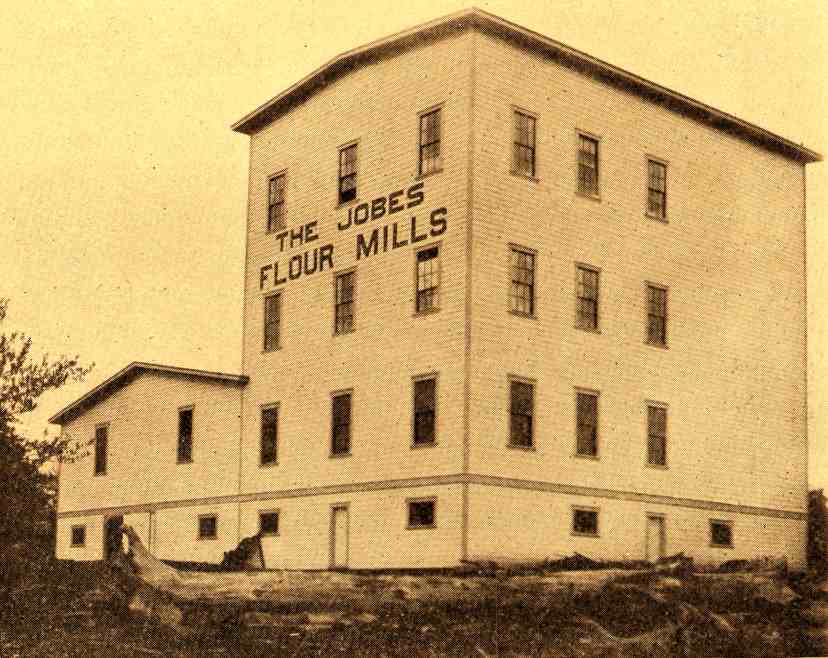 |
||||
|
M.V. Jobes & Sons, formerly owners of the Inland Empire Milling Company of Spokane, moved to St. Johns and established a mill. The Excelsior Mill was set up by Portland Manufacturing Co. as they made excelsior from the waste product of the veneer factory. |
||||
|
|
The Portland Woolen Mills had originally been located at Sellwood, but after a disastrous fire in February 1904, they moved to St. Johns and built a new plant |
|
|
Early view of the St. Johns Waterfront. |
|
|
Electric streetcars were extended to St. Johns in 1903. |
|
|
Early view of the retail district in St. Johns. |
|
|
|
|
Jersey Street in St. Johns. |
|
|
Colorful view of Jersey Street. |
|
|
The St. Johms Water Works Tower. |
|
|
St. Johns Transfer & Storage Company Truck. |
|
|
St. Johns Autobus. |
|
|
View of the St. Johns Bus in 1915. |
|
|
St. Johns Fire Department. |
|
|
Newly built City Hall and Fire Station. |
|
|
Ivy covered view of the St. Johns Fire Station and City Hall. |
|
|
The McChesney Block Building housed the Post Office, Peninsula Electric Company, a hardware store, R.L. Lavrack Grocery & Confectionery and a hotel. St. Johns had their own Post Office from 1873 to 1912. The St. Johns Post Office became a branch of the Portland Post Office and St. Johns was annexed into Portland in 1915. |
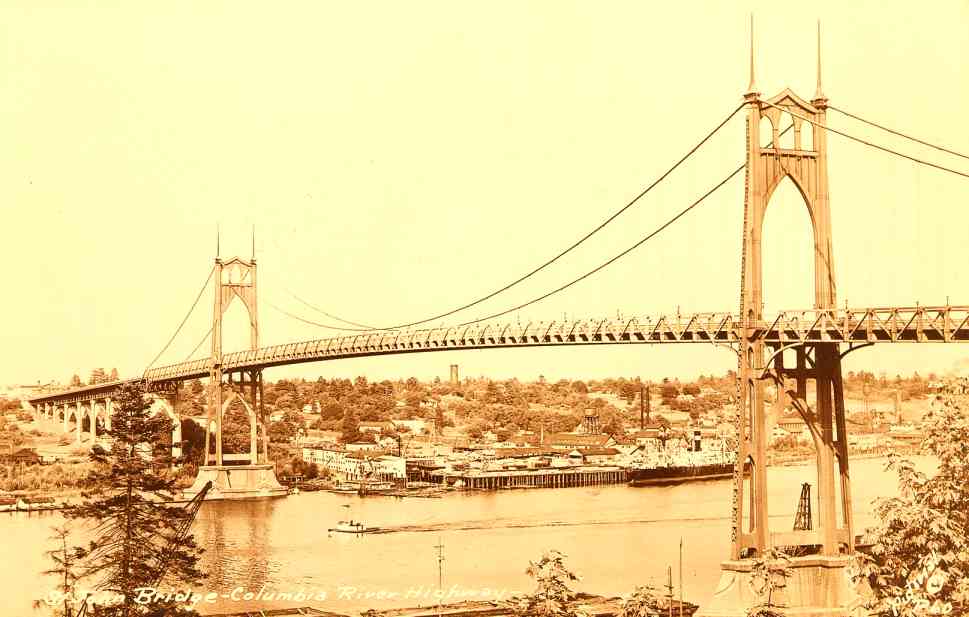 |
|
The St Johns Bridge is known as the Grand Lady of Portland. |
||
|
With 40-story tall Gothic Cathedral Spires and graceful arches, the 7,360-ton steel St. Johns Bridge, which spans the Willamette River, was almost lost. Opened in 1931, it is the largest and most significant suspension bridge in Oregon. After years of neglect and deferred maintenance, engineers discovered that chunks of the concrete roadway and walkway were breaking off and falling 205 feet to the river below. David Steinman began designing the bridge in 1928 and work began the next year. Steinman engineered 20 bridges in 1928, and throughout his career, he engineered nearly 400 spans before his death in 1960. He is quoted as saying “If you were to ask me which bridge I love best, I would have to say the St. Johns. I put more of myself into it than any other bridge.” The St. Johns Bridge is 3,834 long, not including the approaches, the main span is 1,207 feet long and the side spans are 430 feet long. The Gothic towers stand 409 feet above the water. Construction began on Sept. 3, 1929 and it opened on June 13, 1931 with a total construction bond of $4.2 million. When it was completed, it was the longest suspension bridge west of Detroit. Before tackling the St. Johns Bridge, Steinman was finishing the largest suspension bridge in New England, the Mount Hope in Rhode Island. Portland is known for its historic bridges and Oregon maintains over 200 historic bridges throughout the state. Not only was the construction of the bridge an amazing feat, but getting it funded was an amazing feat as well. Residents near Fremont Street wanted a bridge and so did several other more affluent neighborhoods. The blue-collar workers in St. Johns who operated sawmills, an ironworks, shipyards and a woolen mill had very little political clout. |
||
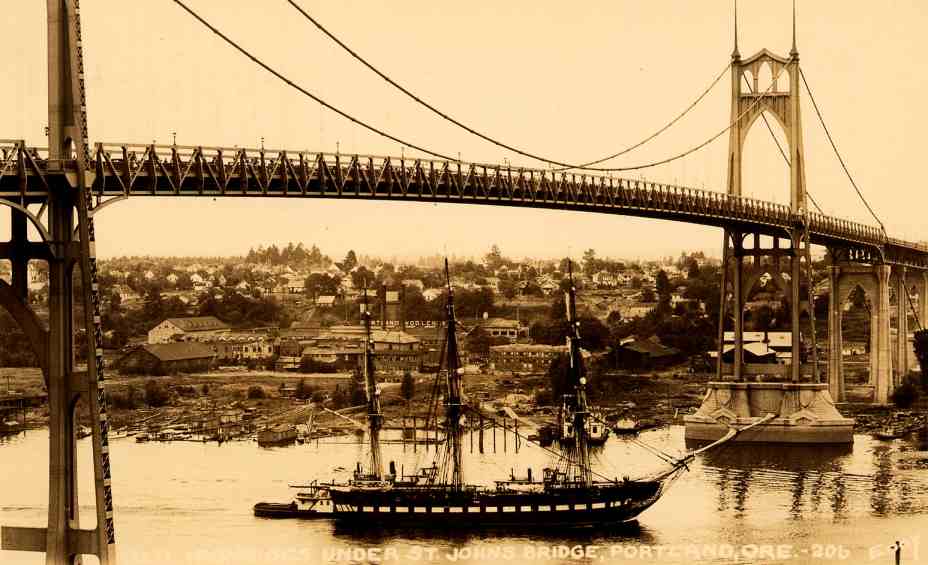 |
||
|
Old Ironsides came to Portland in 1933. |
||
|
Early in the 20th century, the Steel and Hawthorne bridges were built across the Willamette River. After World War I, Portlanders built the Sellwood, Burnside and Ross Island Bridges. They weren’t too eager to vote for funding another bridge, so residents and boosters of Linnton and St. Johns went to every school and Grange in Multnomah County and performed vaudeville acts that dramatized their need for a bridge to replace the ferry between St. Johns and Linnton. When the bridge opened, it was completed 21 months after construction began and it was a million dollars under budget. |
||
|
|
When the St. John’s Bridge opened on June 13, 1931, Rose Festival Queen, Rachael Atkinson Hancock, who is now 93, cut the ribbon. The opening of the bridge began with a parade that included the Royal Rosarians and an elephant. |
|
Over the years traffic has taken a toll on the St. Johns Bridge. It was built to handle Model A’s and 20-ton trucks. Today, it handles cars, buses and SUV’s of all sizes as well as 430 trucks a day, each weighing up to 50 tons. After taking seven years to find the funding, engineers began the task of removing the poisonous lead paint and repainting the bridge, as well as removing the concrete decks and rebuilding them in 2003. In addition, they built a new drainage system, rebuilt the metal rails, replaced the lighting with historic fixtures and waterproofed the main cables. The $38 million project was completed in the fall of 2005. |
|
|
This view of the St. Johns Bridge shows Linnton in the foreground. |
|
Last updated 10-28-16 |
|
copyright © 2017 PdxHistory.com |
| [Portland History] [Site Map] [Amusement Parks] [Historic Portland] [Department Stores] [Streetcars] [Railroads] [Mt Hood] [Oregon Coast] [Post Card History] [Portland Hotels] [Portland Neighborhoods] [Bull Run] [Getaways] [Contact Us] |